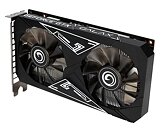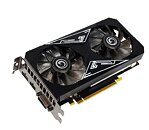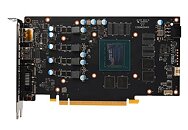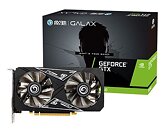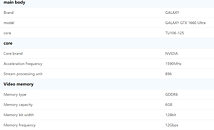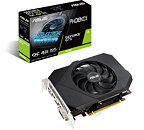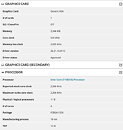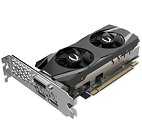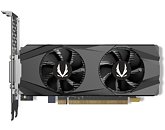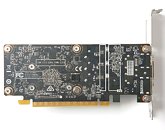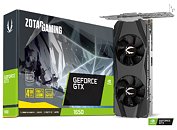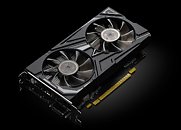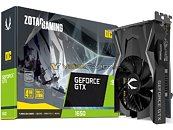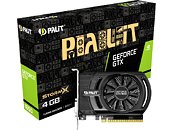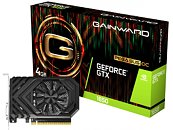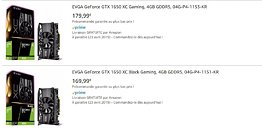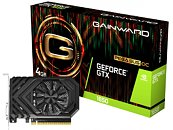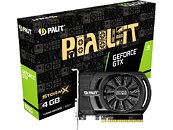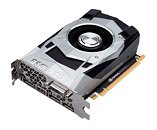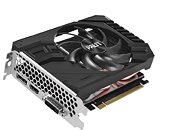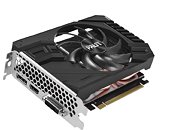
NVIDIA GeForce GTX 1650 is Still the Most Popular GPU in the Steam Hardware Survey
NVIDIA GeForce GTX 1650 was released more than four years ago. With its TU117 graphics processor, it features 896 CUDA cores, 56 texture mapping units, and 32 ROPs. NVIDIA has paired 4 GB GDDR5 memory with the GeForce GTX 1650, which are connected using a 128-bit memory interface. Interestingly, according to the latest Steam Hardware Survey results, this GPU still remains the most popular choice among gamers. While the total addressable market is unknown with the exact number, it is fair to assume that a large group participates every month. The latest numbers for June 2023 indicate that the GeForce GTX 1650 is still the number one GPU, with 5.50% of the users having that GPU. The second closest one was GeForce RTX 3060, with 4.60%.
Other information in the survey remains similar, with CPUs mostly ranging from 2.3 GHz to 2.69 GHz in frequency and with six cores and twelve threads. Storage also recorded a small bump with capacity over 1 TB surging 1.48%, indicating that gamers are buying larger drives as game sizes get bigger.
Other information in the survey remains similar, with CPUs mostly ranging from 2.3 GHz to 2.69 GHz in frequency and with six cores and twelve threads. Storage also recorded a small bump with capacity over 1 TB surging 1.48%, indicating that gamers are buying larger drives as game sizes get bigger.











